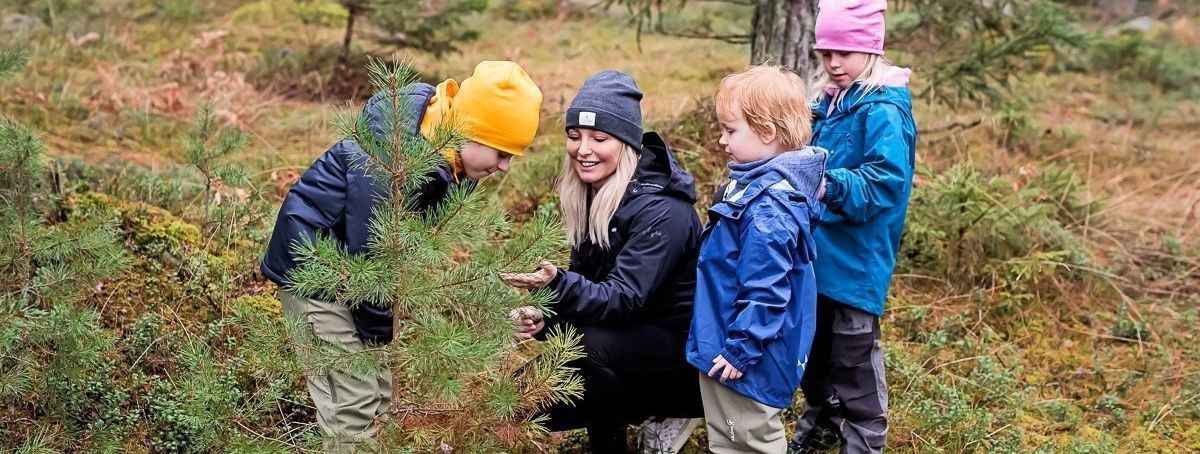The ultimate guide to children's layers for every season
Layering is a critical aspect of dressing children for the outdoors. It allows for flexibility in changing weather conditions and helps regulate body temperature to keep children comfortable and safe. Proper layering can prevent overheating and excessive sweating in warmer temperatures, as well as provide insulation and protection from the cold.
The layering system typically consists of three main layers: the base layer, which wicks moisture away from the skin; the mid layer, which provides insulation; and the outer layer, which shields from wind and rain. Mastering this system ensures that children can enjoy the outdoors in any season.
Spring Layering Essentials
During spring, a light base layer can help wick away moisture from light perspiration as children play. Materials like moisture-wicking synthetics or merino wool are ideal for keeping skin dry.
A fleece or light sweater serves as a perfect mid layer in spring, providing warmth when needed without being too heavy.
A waterproof jacket is essential for those unpredictable spring showers, ensuring that playtime isn't cut short by a little rain.
Summer Layering Strategies
In summer, layers should be lightweight and breathable to avoid overheating. Cotton and linen are excellent choices for base layers during hot weather.
For outer layers, consider light-colored, long-sleeved shirts and pants to protect delicate skin from the sun's harmful rays, along with a wide-brimmed hat.
As temperatures drop in the evening, a light sweater or jacket can be added to keep children cozy during summer nights.
Autumn Layering Techniques
Autumn calls for more substantial mid layers, such as heavier fleeces or light down jackets, to adapt to the cooling temperatures.
Wind can be a significant factor in autumn. A windproof outer layer will help keep children warm and comfortable on gusty days.
As activities increase, so does the need for moisture management. Base layers that wick sweat away from the body are crucial during active play.
Winter Layering Solutions
Winter demands the warmest layers, such as thermal underwear for the base layer and down or synthetic insulated jackets for the mid layer.
Outer layers in winter should be both waterproof and windproof to protect against snow and freezing winds. A good quality winter coat is a must-have.
Don't forget accessories like hats, gloves, and scarves, which can be easily added or removed as needed to keep little ones snug.
Choosing the Right Materials
When selecting layers, consider the benefits of natural fibers like wool and cotton, which offer breathability and comfort, against synthetics that excel in moisture-wicking and durability.
For children with sensitive skin, look for hypoallergenic materials and avoid harsh chemicals and dyes that can cause irritation.
Sustainability and Children's Clothing
Eco-conscious parents should seek out brands that use sustainable practices and materials, reducing the environmental impact of their children's clothing.
Involving children in the selection of their clothing can be an educational opportunity to discuss the importance of sustainability and making environmentally responsible choices.







Comments (0)